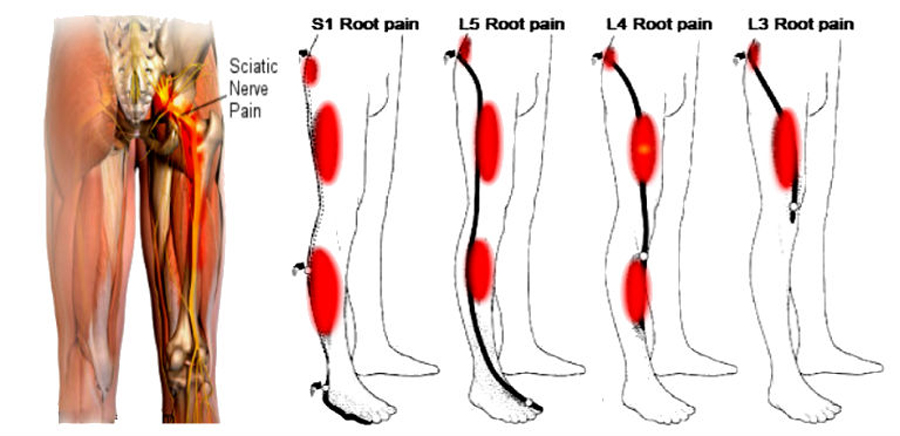Prognostic Implications of the Quebec Task Force Classification
Prognostic Implications of the Quebec Task Force Classification of Back-related Leg Pain:
An Analysis of Longitudinal Routine Clinical Data
SOURCE: BMC Musculoskelet Disord. 2013 (May 24); 14: 171
Alice Kongsted, Peter Kent, Tue Secher Jensen, Hanne Albert and Claus Manniche
Research Department,
The Spine Centre of Southern Denmark,
Middelfart, Hospital Lillebaelt,
Institute of Regional Health Services Research,
University of Southern Denmark,
Middelfart, Denmark
BACKGROUND: Low back pain (LBP) patients with related leg pain have a more severe profile than those with local LBP and a worse prognosis. Pain location above or below the knee and the presence of neurological signs differentiate patients with different profiles, but knowledge about the prognostic value of these subgroups is sparse. The objectives of this study were (1) to investigate whether subgroups consisting of patients with Local LBP only, LBP + leg pain above the knee, LBP + leg pain below the knee, and LBP + leg pain and neurological signs had different prognoses, and (2) to determine if this was explained by measured baseline factors.
METHODS: Routine clinical data were collected during the first visit to an outpatient department and follow-ups were performed after 3 and 12 months. Patients were divided into the four subgroups and associations between subgroups and the outcomes of activity limitation, global perceived effect (GPE) after 3 months, and sick leave after 3 months were tested by means of generalised estimating equations. Models were univariate (I), adjusted for duration (II), and adjusted for all baseline differences (III).
RESULTS: A total of 1,752 patients were included, with a 76% 3-month and 70% 12-month follow-up. Subgroups were associated with activity limitation in all models (p < 0.001). Local LBP had the least and LBP + neurological signs the most severe limitations at all time-points, although patients with neurological signs improved the most. Associations with GPE after 3 months were only significant in Model I. Subgroups were associated with sick leave after 3 months in model I and II, with sick leave being most frequent in the subgroup with neurological signs. No significant differences were found in any pairwise comparisons of patients with leg pain above or below the knee.
There are more articles like this @ our:
Chiropractic and Sciatica Page and the:

